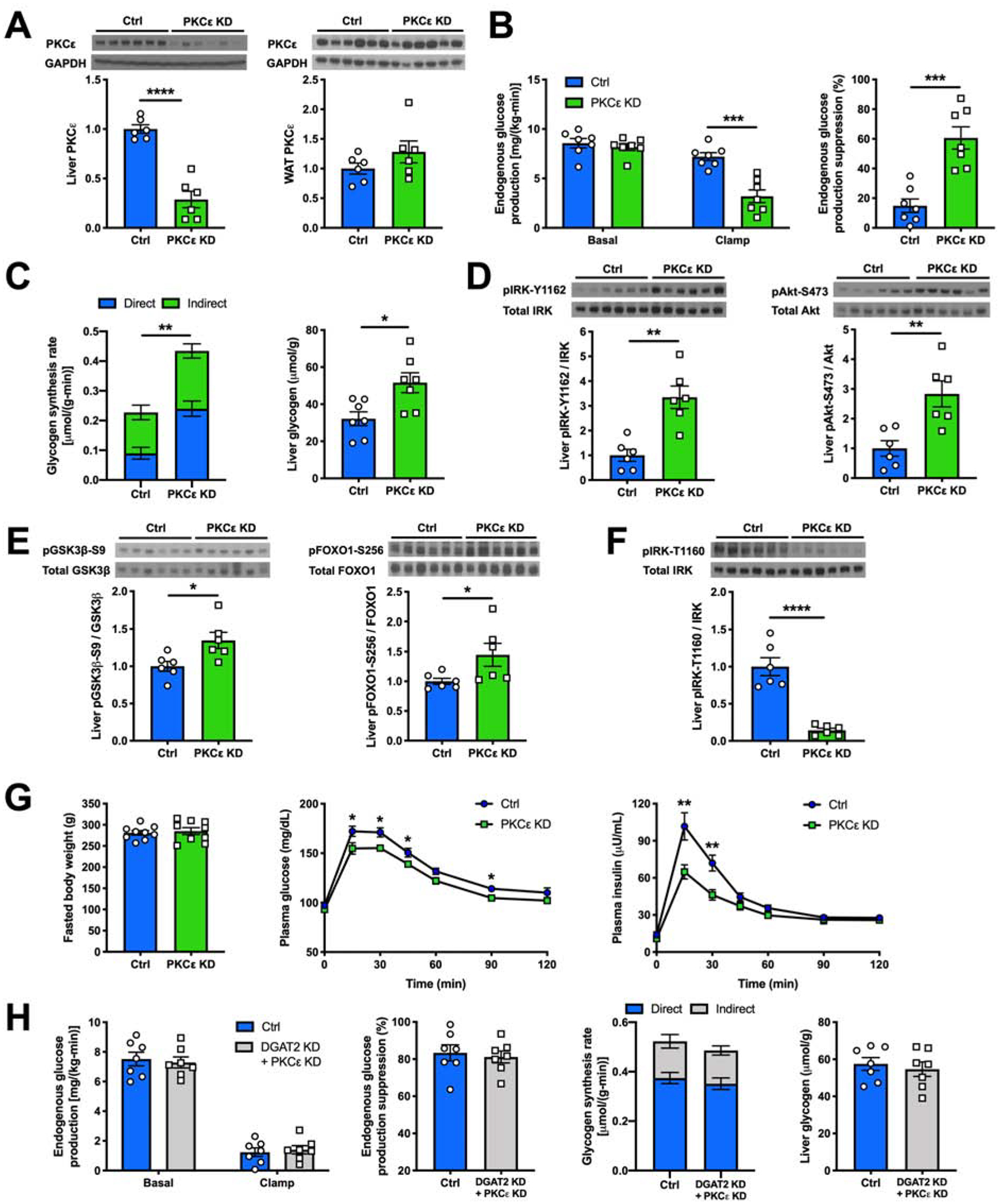Figure 3. Liver-Specific PKCε KD Ameliorates HFD- and Acute DGAT2 KD-Induced HIR.

(A) Hepatic and WAT PKCε protein content measured by western blot (top) and its quantification (bottom).
(B) EGP and its suppression by insulin during a hyperinsulinemic-hyperglycemic clamp in Ctrl vs hepatic PKCε KD rats.
(C) Hepatic glycogen synthesis rate during a hyperinsulinemic-hyperglycemic clamp and post-clamp hepatic glycogen content.
(D) and (E) Levels of insulin-stimulated liver pIRK-Y1162, pAkt-S473, pGSK3β-S9 and pFOXO1-S256 as measured by western blot (top) and with its quantification (bottom).
(F) Levels of liver pIRK-T1160 as measured by western blot (top) and with its quantification (bottom).
(G) Fasted body weight, plasma glucose and insulin levels during an oGTT in Ctrl vs hepatic PKCε KD rats.
(H) EGP, EGP’s suppression by insulin and hepatic glycogen synthesis rate during a hyperinsulinemic-hyperglycemic clamp and post-clamp hepatic glycogen content in Ctrl vs hepatic PKCε KD rats.
In all panels, data are the mean±S.E.M. In (A), (D), (E) and (F), n = 6 per group. In (B), (C) and (H), n = 7 per group. In (G), n = 9 per group. *P < 0.05, **P < 0.01, ***P < 0.001 and ****P < 0.0001.
